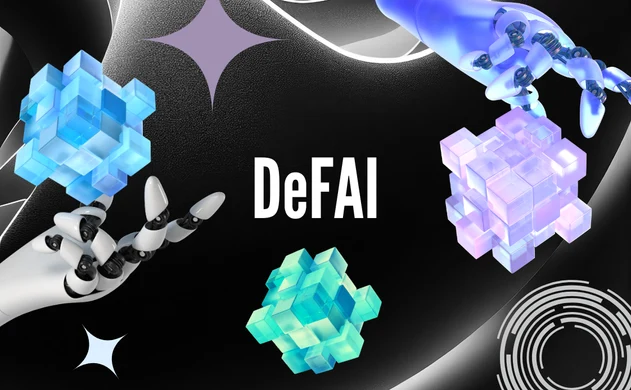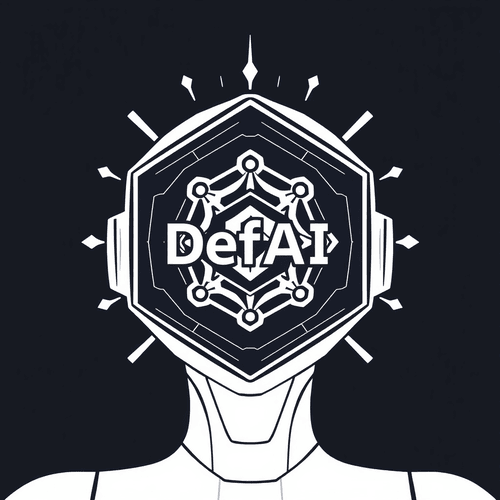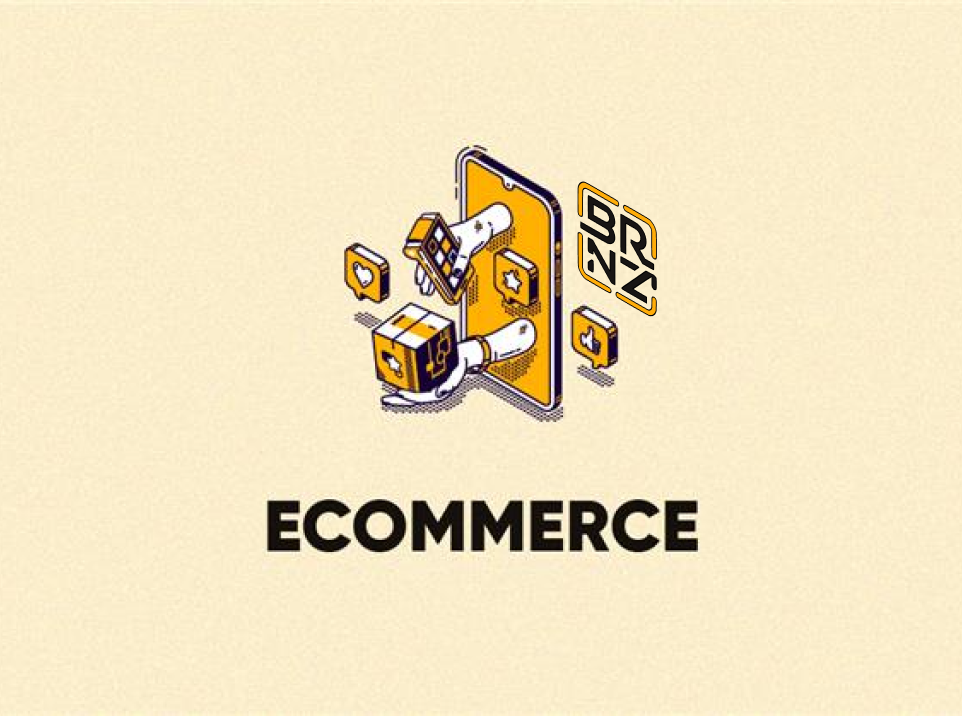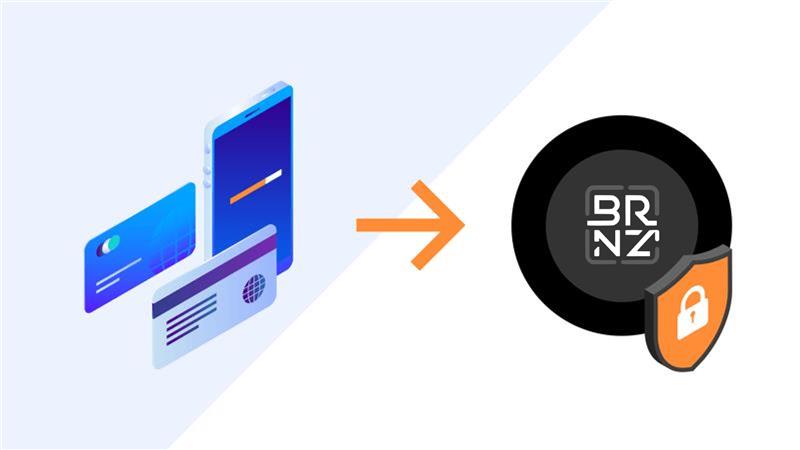Imagine this: an AI agent making money for you while you sleep. No hours wasted researching, no fear of falling victim to phishing scams, no anxiety about dodging rug pulls. Just a digital assistant that finds alpha, analyzes sentiment, reads on-chain data, and executes trades—all tailored to your financial goals. Welcome to the era of DeFAI: Decentralized Finance Artificial Intelligence.
This isn’t just a buzzword or a trend; it’s the dawn of autonomous trading agents. These AI-powered systems are not only shaking up DeFi but also challenging our entire understanding of what “trading” means. But are they the revolution we’ve been waiting for, or a ticking time bomb?
The Origins: From DAOs to DeFAI
The concept of autonomous trading agents has evolved rapidly. It began with InvestmentDAOs, where decentralized groups pooled funds to generate returns through meme tokens, AI-powered assets, and microcap investments. Early pioneers like @ai16zdao and @Big_Pharmai laid the groundwork by leveraging AI to analyze market trends and execute trades.
But now, the narrative has shifted. We’re moving away from trusting humans in DAOs to trusting AI agents to manage personalized portfolios. These agents are designed to act as your ultimate financial team—trading autonomously, analyzing data faster than any human could, and reducing the manual labor that has plagued traders for years.
Where Are We Today?
The ecosystem is nascent but growing, with notable developments that signal the beginning of a seismic shift:
- Infrastructure is Emerging: Platforms like @Cod3xOrg and @Almanak__ are abstracting the complexities of trading, making it accessible even for non-tech-savvy users.
- Early Experiments Are Promising: Individual agents are already trading, but the industry still struggles with performance transparency.
- Challenges with TEE (Trusted Execution Environment): While essential for verifying that agents, not humans, are behind decisions, TEE adoption remains computationally expensive and immature.

Leaders Shaping the Landscape
A few platforms are setting the pace for this new era of trading:
- @Cod3xOrg / @BigTonyXBT
Cod3x is spearheading the development of autonomous trading agents with its Cod3x Create platform, allowing users to build customized trading bots through a simple natural language interface. Whether it’s technical analysis, risk management, or entry/exit strategies, Cod3x agents deliver results.- One user reported their agent trading profitably on day one.
- Cod3x is onboarding its first cohort, requiring 10M $TONY to join.
- The next phase will involve reinforcement learning, where agents continuously improve based on live trading data.
- @Almanak__
Almanak focuses on enterprise-grade quant strategies, offering advanced privacy-preserving features for creators:- Fully privatize strategies or share them with profit-sharing agreements.
- Real-time dashboards display agent performance, trading logs, and actionable insights.
- Beta testing launches soon, promising live results from autonomous trading agents.
- @Spectral_Labs
Spectral’s Lux Framework enhances multi-agent collaboration in trading scenarios. Using components like Beams, Prisms, Lenses, and Signals, agents collaborate to analyze data, refine strategies, and execute trades. In just one month, their agents traded $800k in cumulative volume on @HyperliquidX.
Why DeFAI Matters
The promise of DeFAI lies in its potential to solve some of DeFi’s biggest pain points:
- Efficiency: Agents trade 24/7 without fatigue, leveraging market inefficiencies and executing thousands of microtransactions in real time.
- Risk Management: By analyzing vast amounts of data, agents can hedge against risks more effectively than humans.
- Accessibility: Platforms like Cod3x and Almanak are democratizing sophisticated trading strategies, making them available to the average user.
- Collaboration: The rise of multi-agent systems means agents will soon collaborate seamlessly to deliver even better results.

The Risks Nobody Wants to Talk About
But it’s not all sunshine and rainbows. With great potential comes significant risk:
- Market Volatility Amplification: Imagine hundreds of agents reacting to the same signal simultaneously. The result? Massive market swings that could destabilize DeFi ecosystems.
- Security Vulnerabilities: A single exploit in an agent’s code could lead to catastrophic losses.
- Lack of Regulation: Who’s accountable when an AI agent goes rogue or manipulates the market?
- Trust Issues: As platforms promise higher returns, how do we verify their claims without falling victim to vaporware?
The Road Ahead
As DeFAI evolves, expect more platforms and protocols to join the race. From @ProjectPlutus_ winning hackathons to @ASYM41b07 showcasing impressive trading results, the competition is heating up. But live performance data will be the true test of these agents’ capabilities.
And let’s not forget the potential for agent-to-agent economies, where AI agents collaborate, trade services, and create outcomes far beyond the reach of individual systems. Platforms like Lux and Questflow are already laying the groundwork for this futuristic vision.
Are We Ready for DeFAI?
DeFAI isn’t just a technological innovation; it’s a fundamental shift in how we think about finance. The question is: Are we ready to hand over control to machines?
- Will these agents democratize trading or concentrate power in the hands of a few?
- Can they truly outperform humans without destabilizing markets?
- Are we prepared for the ethical and regulatory challenges they bring?
The future of trading is here, and it’s autonomous, intelligent, and unstoppable. But as we embrace this new era, we must ask ourselves: Are we running toward innovation—or chaos?



